
Q. I am setting up a L-shaped reef aquariu (300-plus gallons). I plan to add live sand and live rock, then purchase one of the algae control packs that includes hermit crabs, margarita snails, turbo snails and emerald crabs. Is that a good idea? My goal is to set up a very active aquarium including at least one lionfish and a panther grouper. What other fish you would recommend and in what order of purchase? I hope to have a setup that uses the island effect for the rockwork, with some of the bottom open for fish that require more swimming room.
Matt Zung
Edina, Minnesota
A. Yes, adding an algae control group is a good idea. However, you don't mention your lighting or filtration, so it's hard to say whether algae will be much of a problem.
You say you want a very "active" aquarium, but neither a lionfish or panther grouper conjure an image of activity in my mind. They tend to hover over and even rest on the bottom, especially as they grow. Being fish predators, they will also consume anything smaller than they are. In the case of the panther grouper (Cromileptes altivelis), which can get to a few feet in length, just about any fish out there may become fair game. There is also some concern that this species may be overfished in portions of its range in southeast Asia. The juveniles are readily exported for the aquarium trade from the Philippines and Indonesia, and the adults are one of the most highly valued species in the live reef fish food trade; annually, many tons are sent to Hong Kong for consumption (Fishbase Web site).
If you truly want an active aquarium, I recommend schools of smaller fish, such as green Chromis and anthias (such as the hardy Pseudanthias squamipinnis) commonly available in the trade. Combined with some tangs, dottybacks, wrasses, goatfish and even a planktonic-feeding trigger (such as the redtoothed trigger, Odonus niger, which would not be out of place in such a community), you would have a pretty active aquarium. If you do want a "predator" aquarium, lionfish and some of the smaller grouper species would be appropriate, as well as some of the large wrasses, goatfish and angelfish species.
Put the fish that grow the largest into the aquarium last, and purchase them at smaller sizes so that they can grow in the company of the other fish. By doing this, they may be less likely to look upon their neighbors as food as they grow. I recommend searching the Aquarium Fish Intl. archives and elsewhere online for articles by Scott Michael dealing with keeping larger predatory fish displays. Also, his three-book series Reef Fishes (Microcosm) contains a wealth of information on a wide variety of fish groups.
In any event, with a heavy fish load comes a heavy waste load, so make sure your filtration system is up to the task. This means a powerful protein skimmer, good mechanical filtration, replenishment of alkalinity (this will become depressed because of acids produced in the aquarium) and perhaps even a phosphate-removing filter, such as the iron oxide granules and pads now readily available. Depending on how well your system handles nitrate, you may also want to consider a denitrifying filter in the future, such as the system I discussed in my January 2005 column.
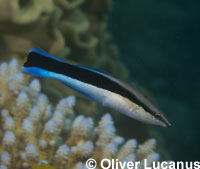 Cleaner Wrasse
Cleaner Wrasse
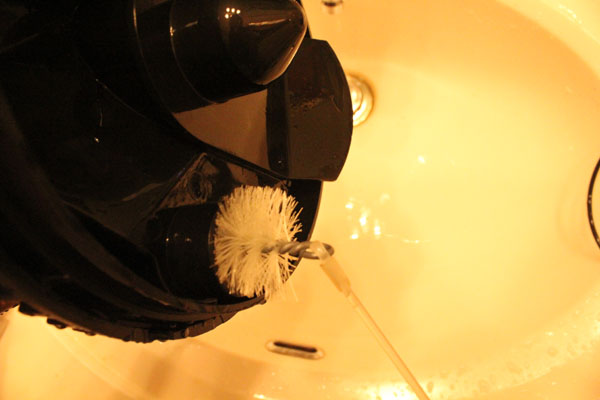 How to Maintain Your Aquarium Filter
Aquarium filtration saw monumental advances in technology du
How to Maintain Your Aquarium Filter
Aquarium filtration saw monumental advances in technology du
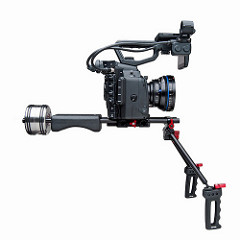 Catch More Salmon - Follow These Simple To Implement Techniques
FLAT Rigs outriggers, shock cord snubber, and rigging kit i
Catch More Salmon - Follow These Simple To Implement Techniques
FLAT Rigs outriggers, shock cord snubber, and rigging kit i
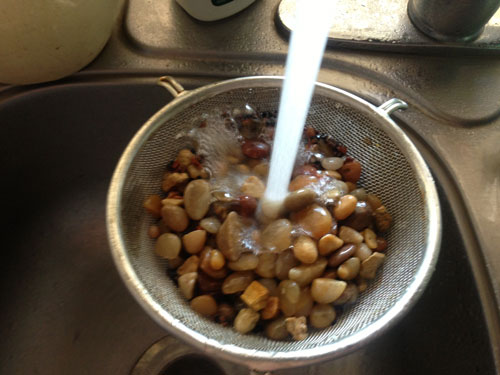 How to Get Rid of Cloudy Aquarium Water
Occasional cloudy water is an issue for nearly all aquarists
How to Get Rid of Cloudy Aquarium Water
Occasional cloudy water is an issue for nearly all aquarists
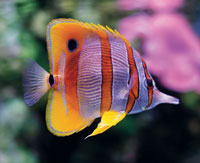 Aiptasia Anemone
Aiptasia Anemone
Copyright © 2005-2016 Pet Information All Rights Reserved
Contact us: www162date@outlook.com